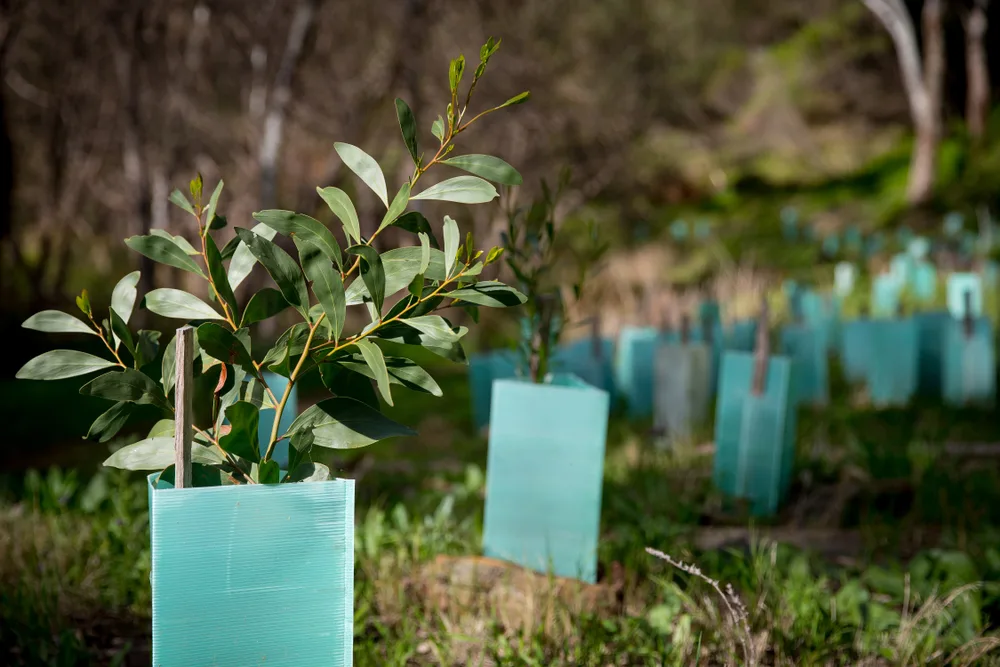Learn How to Protect Threatened Plant Species!
Empower yourself as a professional, volunteer or activist. Plant species and communities are vital for the health of the environment, and many are threatened by land clearing, development and climate change. Learn conservation, land restoration, legislation and how to take action
This Plant Conservation course is for those who:
-
- Want to protect vulnerable species
- Manage conservation initiatives
- Work as activists in advocacy (for non-profits for example)
- Volunteer their time or expertise to managing threatened species
- Own land and act with responsibility for native flora
- Work as politicians or law makers.
Course Aims
- Discuss the nature and scope of plant conservation.
- Determine problems and challenges associated with plant conservation in different situations.
- Create protection measures for plant conservation, appropriate to the circumstances in different situations.
- Determine restoration measures to be undertaken for achieving plant conservation.
- Explain a variety of ex-situ conservation measures for threatened plant populations.
- Explain the application of genetics to plant conservation.
- Understand ecosystem conservation methods used for plant conservation.
- Discuss a variety of community action initiatives that may be used for plant conservation.
- Explain ways to respond to environmental change to better conserve plant species and populations.
Detailed Course Outline
This course is made up of a number of lessons or units. Each of these has self assessment questions, a set task (practical homework) and an assignment which you can upload online.
There are 9 lessons in this course:
1. Scope and Nature of Plant Conservation
-
- Introduction
- Eight Principles for Conservation Success
- Raising Awareness
2. Policy, Legislation, and Organizations
-
- International Conventions and Legislation
- National Conventions and Legislation
- Conservation Organizations
3. Protection and Preventing Degradation
-
- Protected Areas
- Planning For Protected Areas
- How The Red List Is Used
- Land Sparing and Sharing
- Weeds
- Soil Degradation
- Pollinator Management
4. Restoration of Damaged Ecosystems
-
- Restoring Ecosystems
- Restoration Projects
- Principles Of Ecological Restoration
- Stages Of Ecological Restoration
5. Restoring Populations
-
- Establishing A New Self-Propagating Population
- Long-Term Storage of Germplasm
- A Successful Case-Study – The International Conifer Conservation Program
- The Pivotal Role of Horticulture in Plant Conservation
6. Genetic Conservation
-
- Assessment Of Genetic Diversity in Plants
- Need For Germ Plasm Conservation
- Germplasm Storage and Conservation
- Recording And Recalling Evolutionary History
7. Ecosystem Conservation
-
- Ecosystem Conservation – Pollinators, Soils, Environments
- Forest Conservation
- Soil Conservation
- Pollinators
- Drone Conservation
8. Community Action
-
- Citizen Science and Collaboration
- Community-Led Conservation
- First Nations Involvement
- Raising Awareness
9. Adjusting to Environmental Change – The Future of Conservation
-
- Conservation And Climate Changes
- Plant Responses to Climate Changes
- Novel Threats To Plants as A Result of Climate Changes
- Natural Capital
- Nature-Based Solutions
- Ex-Situ Conservation of Plants
- Conservation Of Plants of Plants in The Anthropocene
When you have completed the lessons of your course, you will be given the option of taking the optional exam. It’s okay if you don’t want the exam, we still issue your Careerline Certificate. For Advanced Certificates however, the exam is compulsory (per module) and are included in the course fee.

